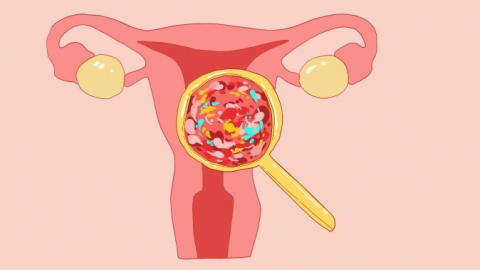How to Treat Bacterial Vaginosis
Bacterial vaginosis is a common female genital tract infection, with main symptoms including increased vaginal discharge, odor, itching, and so on. Under normal circumstances, bacterial vaginosis can be treated by adjusting lifestyle habits, appropriate exercise, maintaining genital hygiene, using medications, ozone nebulization fumigation therapy, etc. It is recommended to seek timely medical attention and undergo symptomatic treatment under the guidance of a physician. Detailed analysis is as follows:

1. Adjust lifestyle habits: Patients should maintain good lifestyle habits, avoid smoking, drinking, and similar behaviors, maintain regular作息 (作息 should be translated as "作息" is not fully translatable here without context, but it generally refers to daily routines and rest patterns), and ensure sufficient sleep to help improve body immunity.
2. Appropriate exercise: Patients should also engage in moderate physical activity, such as jogging or brisk walking, to enhance physical resistance and aid in body recovery.
3. Maintain genital hygiene: Patients should keep the external genital area clean and dry, maintain genital hygiene, and avoid excessive washing or using strongly irritating cleansers to prevent worsening of the condition.
4. Medication use: While performing proper daily care, patients may follow medical advice to use antibiotic medications for treatment, such as metronidazole suppositories, nifuratel tablets, nifuratel-nystatin vaginal suppositories, etc., which can inhibit the growth and reproduction of anaerobic bacteria, thus achieving the purpose of treating bacterial vaginosis.
5. Ozone nebulization fumigation therapy: Ozone nebulization fumigation uses a high-concentration, nebulized ozone solution generated by an ozone therapy device, which can disrupt the redox processes of cellular material metabolism, block cell growth and reproduction, and restore the normal ecological environment of the vagina, thereby treating bacterial vaginosis.
During treatment, patients should maintain good personal hygiene habits and use mild, non-irritating cleaning products, which will further aid in body recovery.




